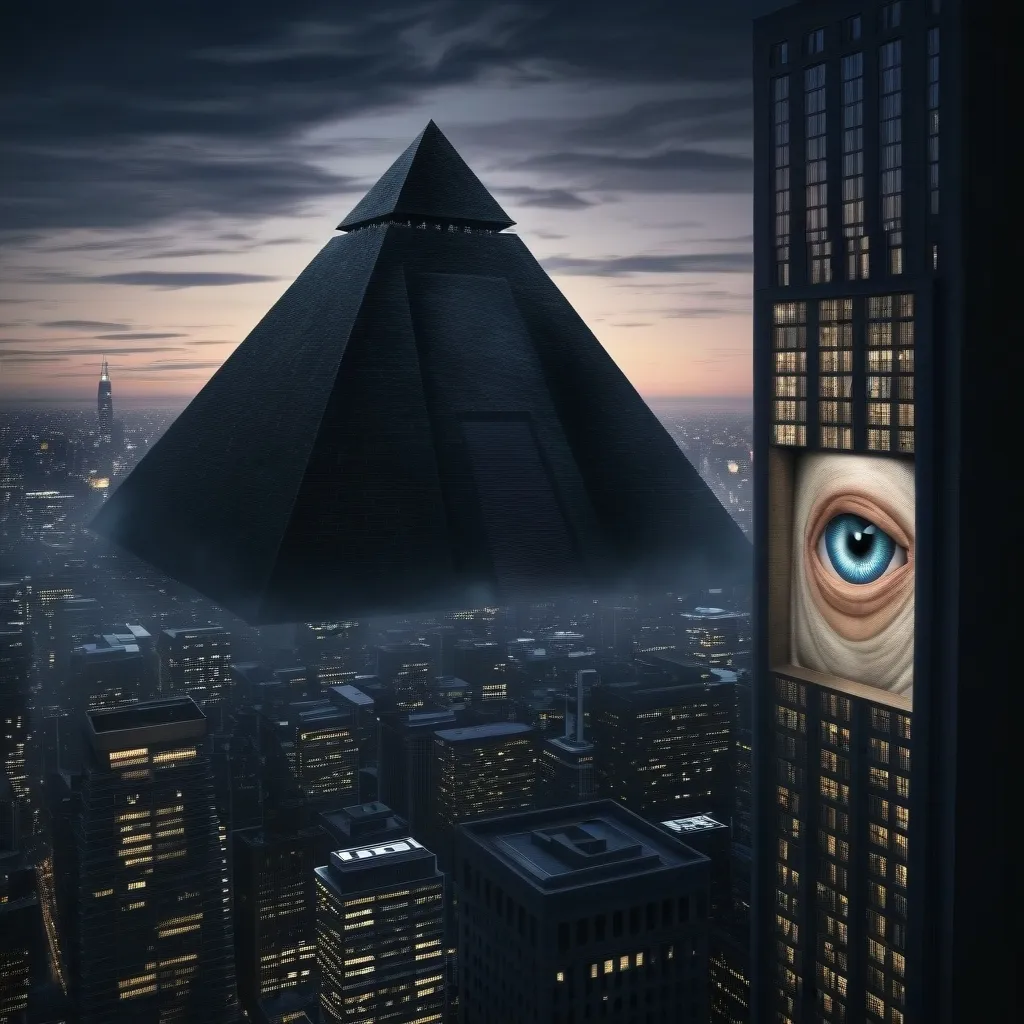In the 1970s, thousands of chicken heads fell from the sky across Europe, making wildlife, especially foxes, both confused and delighted. Why? They were stuffed with a vaccine to combat rabies, a deadly virus that had been wreaking havoc since the 1930s. Humans were desperate to eliminate this threat once and for all.
Rabies, named after Lyssa, the ancient Greek spirit of mad rage, has haunted humanity for over 4,000 years. It can turn animals into raging beasts and humans into water-fearing zombies. The virus’s sinister charm lies in its ability to evade our defenses so well.
Viruses dwell in the gray area between life and death, needing living cells to reproduce. The lyssavirus, with just five genes, is incredibly good at solving complex problems: infecting mammals, evading the immune system, traveling to the brain, replicating, and jumping to new hosts.
If bitten by an infected dog, the virus likely enters through the saliva and heads for your neurons. These nerve cells, acting like electrochemical wires, stretch through your body, relaying signals, and can be up to 1.5 meters long. Lyssa latches onto receptors crucial for neuron communication and slips inside.
Once inside, the virus needs to reach the cellular machinery to replicate. Neurons, being long, pose a challenge. However, cells have microtubules acting as structural support and transport systems. The virus hijacks these, using dynein motors—protein-made delivery systems resembling little shoes—to reach the nucleus.
Normally, the immune system fights viruses by infected cells releasing interferons, signaling the creation of antiviral weapons and making cells transparent for immune inspection. Cells display internal proteins in MHC class I molecules, tipping off immune cells about the infection. But lyssa prevents neurons from producing interferons, staying hidden.
Slowly, lyssa travels from neuron to neuron toward the brainstem. This journey can take weeks to months, depending on factors like the bite location and the virus load. Upon reaching the brainstem, the immune system finally reacts, sending killer T cells. However, the virus exploits the brain’s delicate nature. Nerve cells can order T cells to self-destruct, and infected neurons make use of this to protect the virus.
Once in the brainstem, death is inevitable, though the exact cause remains unclear. The virus doesn’t kill its host cells rapidly but seems to disrupt brain communication severely, leading to confusion, aggression, and paralysis. It then migrates to the salivary glands, saturating the saliva to spread through bites.
Rabies is the deadliest virus known, yet there’s hope—a vaccine. Developed early on, it equips the immune system with the right defenses in advance. Remarkably, because of the virus’s slow progress, you can get vaccinated even after exposure, which is lifesaving if you encounter sick wildlife.
Rabies claims about 60,000 lives annually, half of them children. Though it’s not eradicated, vaccines have kept it at bay. In an age where vaccine skepticism is rising, it’s crucial to remember the threat rabies poses. Let’s hope humanity can eventually turn this ancient terror into nothing more than a memory.






